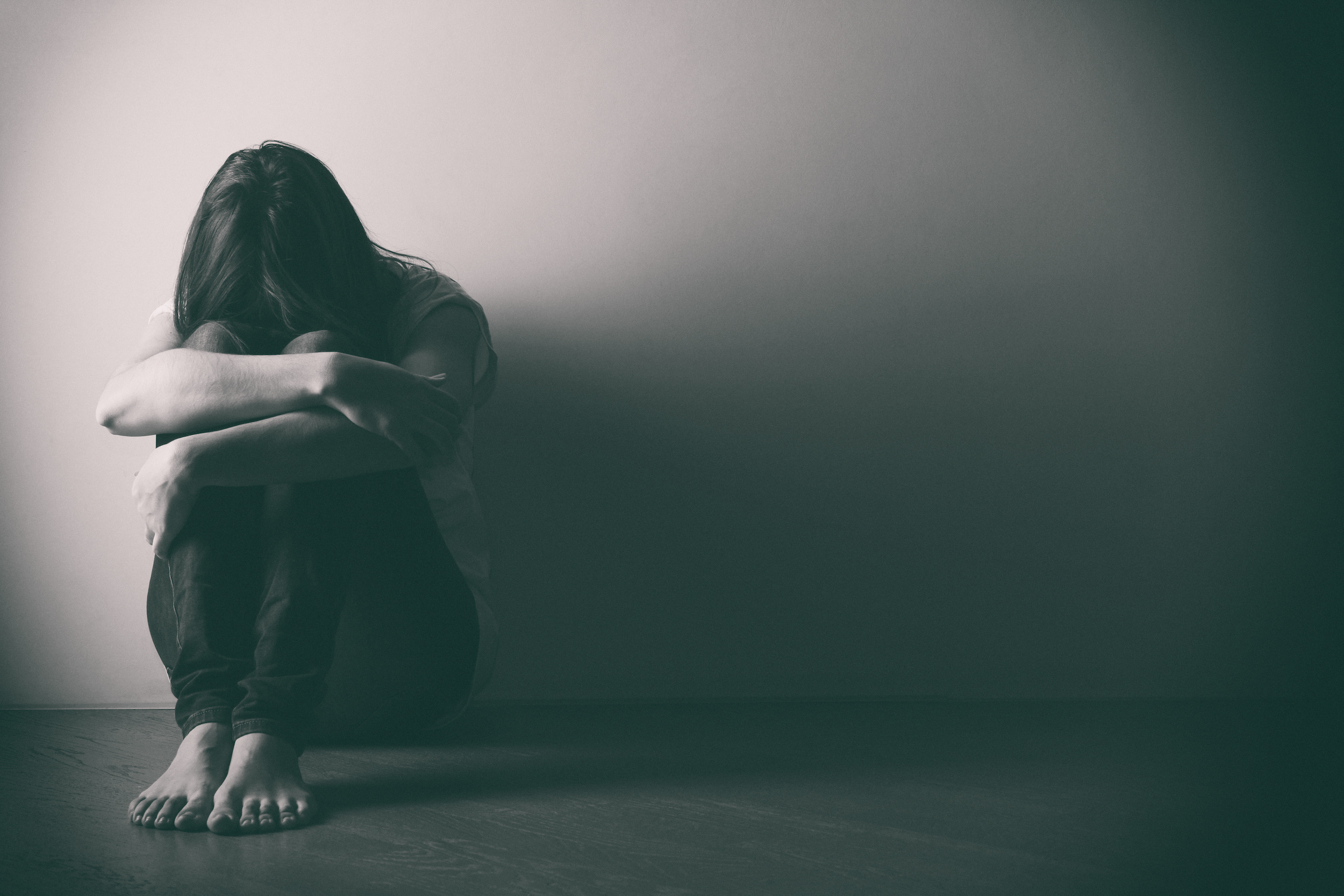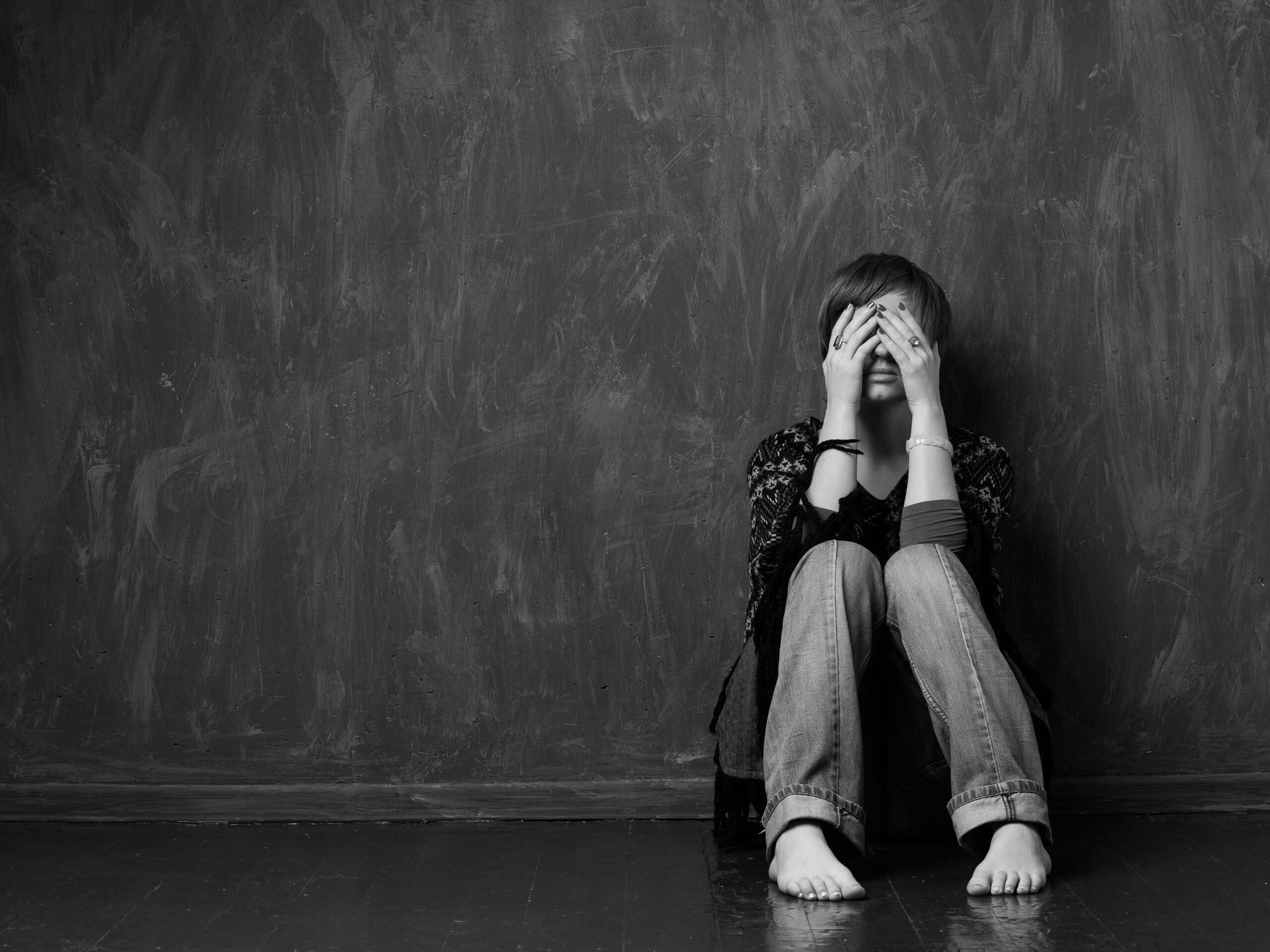By: Alexandria Ortiz – Understanding Domestic
The United States Department of Justice defines domestic violence as “a pattern of abusive behavior in any relationship that is used by one partner to gain or maintain control over another intimate partner.” Domestic Violence can occur to anyone at any time in their life. A common misconception about domestic violence revolves around the idea that physical abuse must occur in order for it to be considered an abusive relationship. There are many types of abuse and it may become difficult for someone to recognize when the abuse is happening.
The Cycle of Abuse
-
- Tension building: As stress begins to build, the person experiencing the abuse may begin to feel as if they are walking on eggshells. The abuser may begin to be more demanding or become easily upset.
-
- Incident: This is when the abuse occurs. It may be many of the forms mentioned above and may be a result of wanting to regain power and control. In some cases, the partner being abused ends up in the hospital.
-
- Reconciliation: The abuser shows remorse through showering with gifts, making promises of change, or anything that may convince the other partner that they are “sorry.” The partner being abused begins to experience feelings of shame, guilt, and hurt that build over time. As time passes, it becomes harder to leave the relationship due to fear, lack of self-esteem, or resources. The gaslighting or manipulation often used by the abuser often times makes the other partner question their experience or themselves in the process.
- Calm: Also known as the honeymoon phase- During this phase, things may appear normal as the relationship feels calm, and an apology has been accepted.

Types of Abuse:
- Control
- Physical Abuse
- Sexual Abuse
- Emotional Abuse
- Intimidation
- Isolation
- Verbal Abuse: Coercion, Threats, & Blame
- Using Male Privilege
- Economic Abuse
As things continue, tension begins to build over time starting the cycle again.
The Cycle of Abuse is an important factor to consider when asking the question “Why didn’t they just leave?” The cycle of abuse alongside the many forms of control and manipulation makes it difficult for those being abused to recognize that what they are experiencing is just that – a cycle of repeated behaviors that add up to leaving them feeling powerless. It is important to remember that this is the abuser’s goal- to make the other partner feel powerless and to be in control. This can create different effects for survivors of domestic violence. Ending the stigma around why people chose to stay is one way to advocate for survivors and provide support to those who are currently experiencing DV.
Being able to recognize potential red flags is an important step toward safety and reaching out for help. Some steps to take towards reclaiming safety include speaking to someone you trust, researching community resources that help individuals experiencing domestic violence (if it is safe to do so), and remembering that you can reclaim your power.
If you or someone you know are experiencing domestic violence there is help: https://covid19.sanantonio.gov/Resources/Abuse-Domestic-Violence#support

